There is a science to achieving successful stand establishment on Conservation Reserve Program (CRP) acres. “When it comes to achieving successful CRP stand establishment, I encourage landowners to follow these six proven steps,” says Jason Tronbak, Millborn Seeds Conservation Specialist + Certified Wildlife Biologist.
1. Seed Selection
The first step begins with selecting the right species and varieties. Select varieties that meet your goals and will thrive on your land’s growing conditions and soil types. Each variety is developed for a specific purpose and growing condition. By understanding this information, you can work with professionals to select a custom blend that will fit your particular goals.
2. Quality, Conditioned Seed
Since it all starts with the seed, we want you to do your research. Find a seed source that invests in testing the purity of the seed and provides you with cleaned and conditioned seed. The conditioned seed will allow for easy calibration and even distribution of seeds across the land. At Millborn, our testing process involves sampling and testing the seed to ensure the purity and germination of the seed meets our standards.
3. Seedbed Preparation
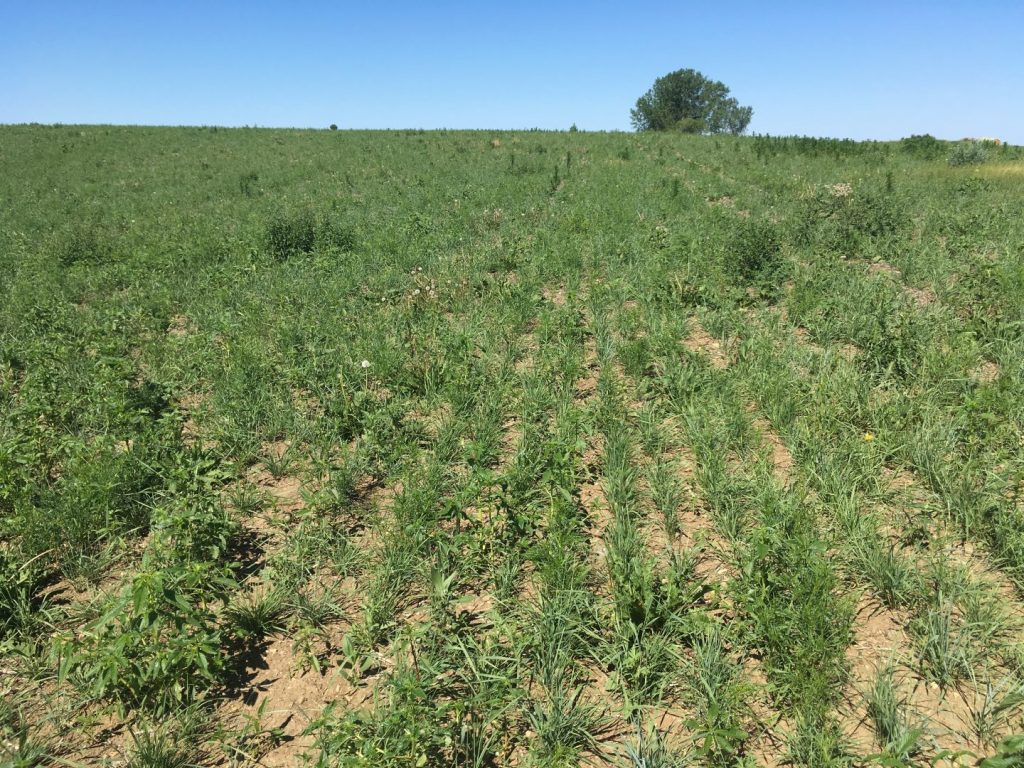
Native seeds vary in size, and their establishment depends on providing them with the proper seedbed preparation. Ideally, you want a clean, smooth, firm seedbed. Planting into soybean stubble works the best because there’s less field residue and it is firm. An easy test to ensure that your seedbed is firm enough to walk on it, making sure your foot does not sink into the soil more than one inch.
Weed control can be a challenge when establishing native grass species. To alleviate weed pressure, we encourage landowners to use a pre-emergence herbicide like an Imazapic before planting. One of the biggest detriments to establishing a stand is weed pressure. Imazapic is a pre-emergent herbicide that most native grasses and wildflowers can tolerate. It will suppress most broadleaf weeds and annual grasses like pigeon grass (foxtail) for 6 to 8 weeks.
4. Timing of Seeding
Seeding depends on whether a landowner is planting warm or cool-season grasses and wildflowers. When planting cool-season plants, it’s best to plant in the early spring, late summer or dormant seeding (usually after November 1). With warm-season plants, it’s best to plant late spring (May to Mid-June), or dormant seeding (usually after November 1).
5. Seeding Technique
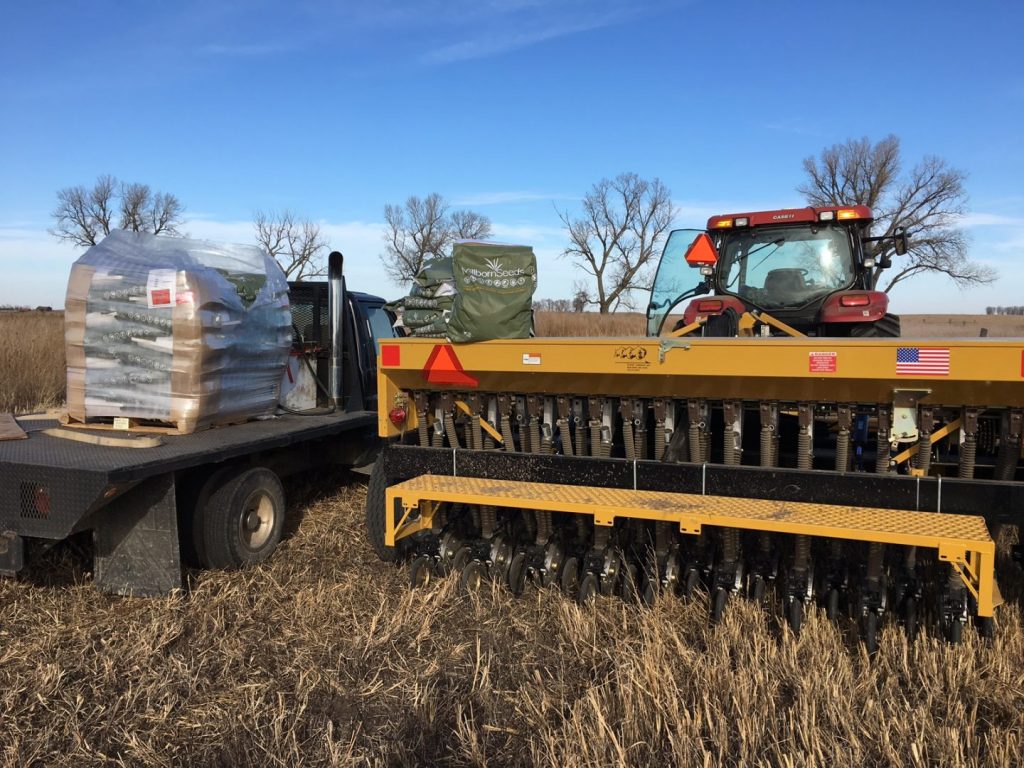
At Millborn, we recommend using no-till drills or special grass drills to use when planting native grasses and wildflowers. It’s essential to make sure you’re using the correct seed box when planting – we most often recommend using the grain box. Unlike with the grass box, using the grain box allows infinite control of how much seed is put out, saving you time and money. When working with high quality, refined and conditioned seed, it’s okay to mix wildflowers and grass seed. Seeds should only be planted 1/4-inch in depth.
6. Post Seeding Maintenance
Post-seeding maintenance is the most important aspect of a successful stand. Don’t neglect your stand once it’s planted. Every project’s post-seeding management is unique, and we’re here to guide you through the steps for a successful stand. About five years down the road, we encourage you to burn, hay or graze. Prescribed burns are hands-down the best way to maintain a healthy stand long-term.
If you have more questions on achieving a successful stand establishment, Jason Tronbak can be reached at 888-498-7333 or jasont@millbornseeds.com.
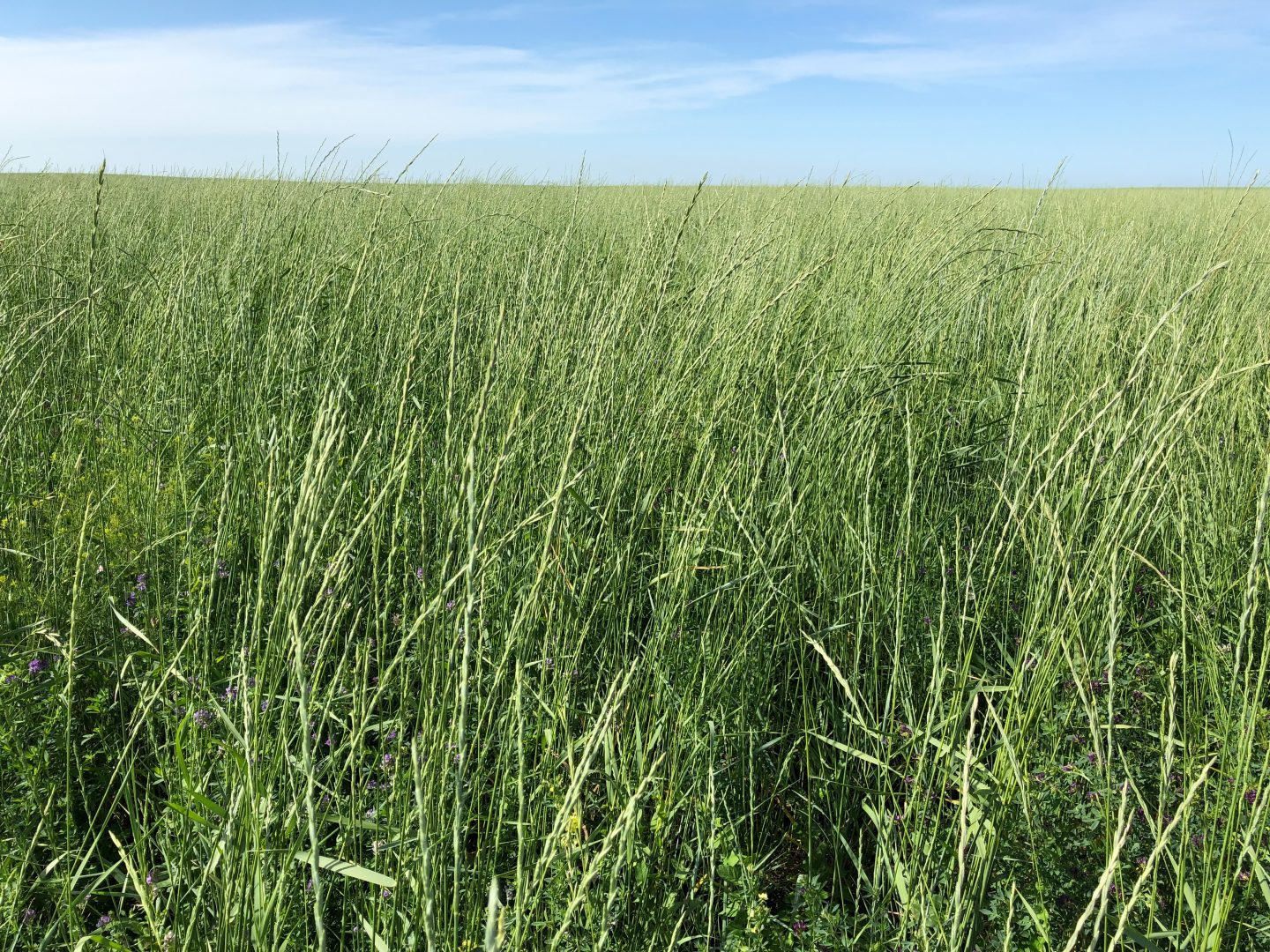
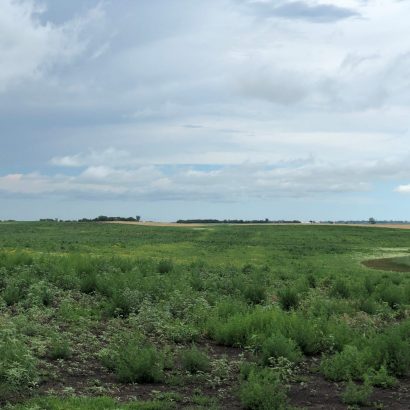
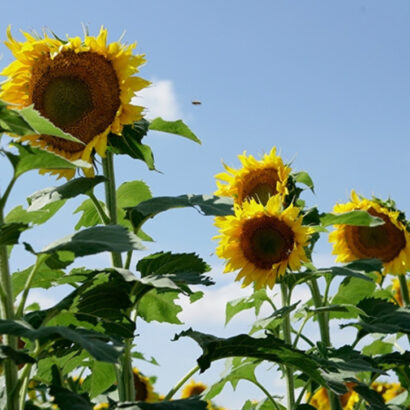
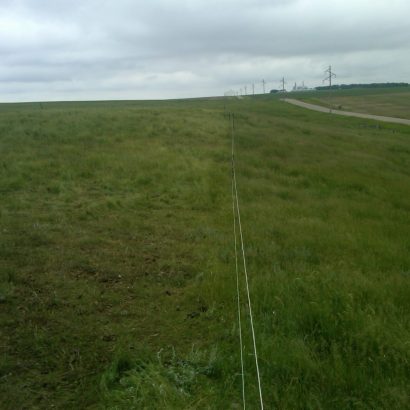
Can I just buy And drill seed myself and not register it as conservation land or go into a contract? Looking into options for my 117 Ohio acres as we want to develop some crp fields around my corn/bean and fall food plots
Hi Charles,
Yes, you can seed the land yourself without entering into a CRP contract. The benefit of a CRP contract is to gain some income from land that is not generating income from cash crops or other income-driven land uses. We have several specialists who could help you develop a plan for your acres – get in touch with a teammate here.